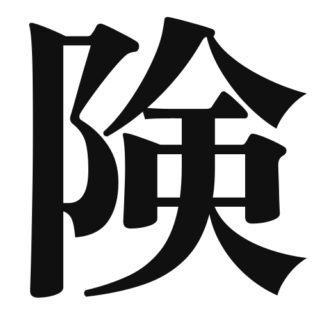 N3
N3 険
1. Overview of MeaningThe kanji "険" (ken) primarily means "steep," "dangerous," or "rugged." It is often used to describ...
 N3
N3  N3
N3 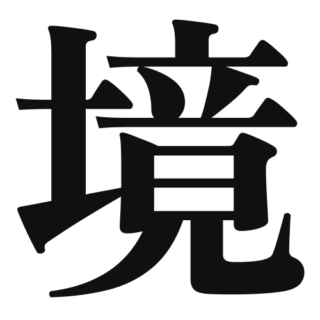 N2
N2 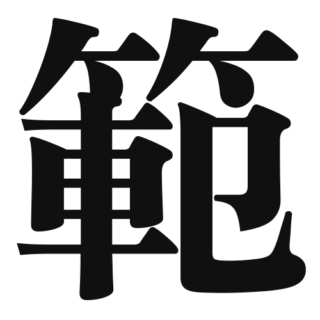 N1
N1 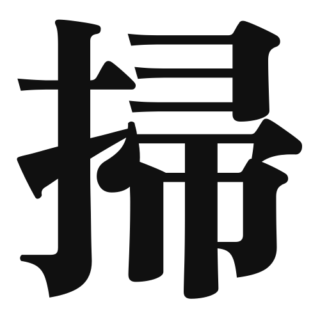 N2
N2  N3
N3 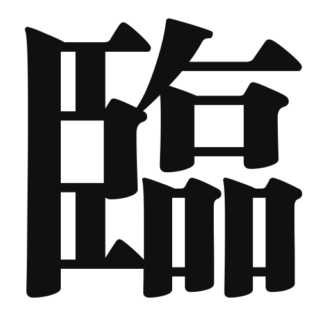 N1
N1 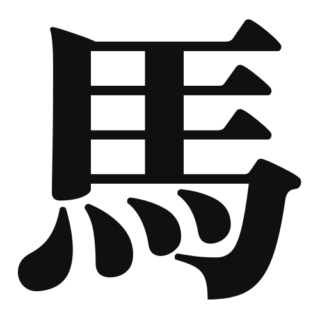 N3
N3 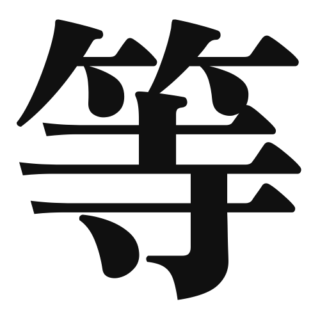 N3
N3 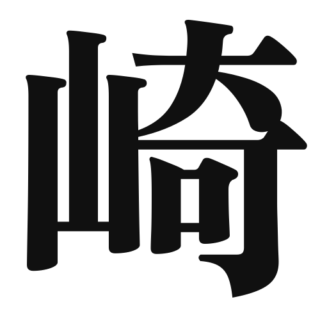 N1
N1